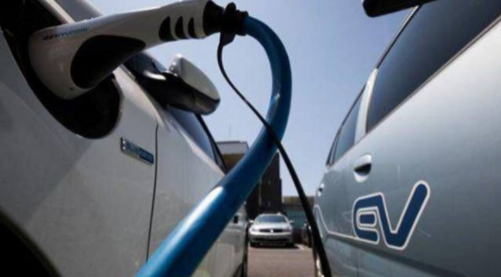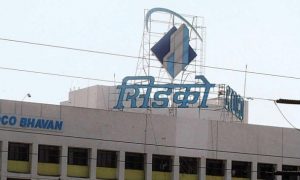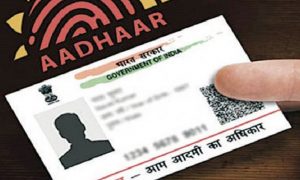The electric mobility (e-mobility) sector in India is characterized by the availability of Electric Vehicles (EVs) on the supply side and adoption trends on the demand side.
Lithium-ion batteries are going to be the preferred choice for electric vehicles and other types of applications in the future. Although most lithium-ion batteries are similar in composition, there are different types of lithium-ion batteries that are available in the market. For electric vehicles, Lithium Iron Phosphate Batteries (LFP), Lithium Nickel Manganese Cobalt Oxide (NMC), Lithium Manganese Oxide, and Lithium Titanate (LTO) & Metal Air are most commonly used.
In addition to that, fuel cell electric vehicles (FCEVs) are also an emerging technology in the EV space and are more efficient than conventional internal combustion engine vehicles as they produce no tailpipe emissions; they only release water vapour and warm air. FCEVs are equipped with other advanced technologies to increase efficiency; they have regenerative braking systems which help capture the energy lost during braking and store it in a battery.
The best opportunity for battery packs exists in the 2-wheeler and 3-wheeler categories. Commercial 2Ws and 3Ws are expected to see faster adoption of EVs and their volumes are going to be much larger. 3Ws in particular are attractive given that the battery and the vehicle can be easily separated as there are no form factor limitations. In due course, it is likely that this opportunity will present itself in the 2W space as well once there is a certain level of standardization on form factor and battery specifications. Also, there are lots of opportunities that are existent in the electric bus segment where recently, the government has announced 5500 nos. of electric buses under the FAME-2 policy.
However, it is important to remember that most batteries have to deal with high ambient temperatures and endure higher shocks owing to poor road conditions. These batteries are neither designed nor built for India, thus they degrade much at faster pace. It leads to a reduced state of health (SOH), which is a measure of how much energy a battery can store.
Furthermore, shared and commercial use of scooters often promotes poor driving habits such as faster acceleration & deceleration, recurrent stops and erratic charging behaviour. This can impact the energy consumption from a battery by as much as 30% and eventually negatively impacts a battery’s SOH, reducing its life.
Thus, a battery tailor-made for Indian conditions and commercial applications that delivers consistent performance can be instrumental in altering India’s EV landscape. The high price of Li-ion batteries is also one of the challenges that are faced by any EV Battery player.
The electric mobility (e-mobility) sector in India is characterized by the availability of Electric Vehicles (EVs) on the supply side and adoption trends on the demand side. Adequate charging infrastructure is the key requirement that will define the adoption trends of EVs in India. EVs carry limited onboard energy in their battery packs and they need charging from time to time depending upon the type of battery pack, its size and capacity.
Charging systems are therefore important for the sustainable operation of EVs. The charging requirement depends not only on the kind of vehicle (two-wheeler, three-wheeler, four-wheeler, and bus) but also on the utility purpose i.e. passenger or commercial. The Government of India has set a target to electrify 70% of all commercial vehicles, 30% of private cars, 40% of buses, and 80% of two-wheeler and three-wheeler sales by 2030. This target necessitates simultaneous penetration of charging stations across India.
The Government of India has been supporting the EV industry through schemes such as FAME-1 and FAME-2 with a key focus on building charging infrastructure. Most industry players have been quite optimistic about this and have shown an active interest in the overall EV Charging ecosystem. While EVs are being worked upon by major OEMs, an ecosystem for the development of chargers, charging stations, and other services are being progressively built.
The charging infrastructure is the backbone of electric mobility but it is also one of the perceived barriers to EV adoption in India, given its limited availability and long charging times. India is picking up the pace in setting up its charging infrastructure, but it lags behind the European Union (EU), USA or China. High operating costs, Discom load, and the uncertainty related to utilization rates of charging stations are holding back charge operators from expanding their existing reach.






































